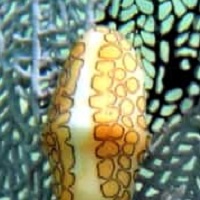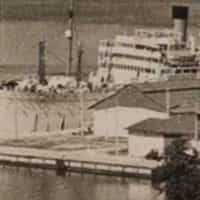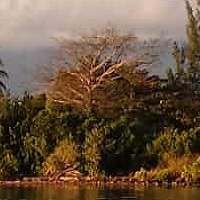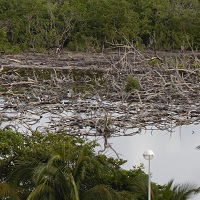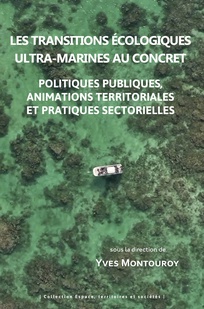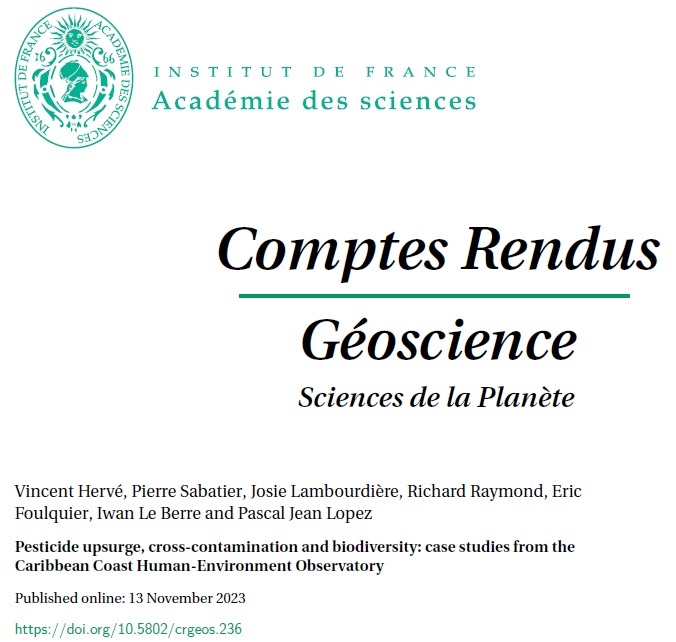- Détails
Dans le cadre de la semaine « écologie, environnement, biodiversité » de 2024 organisée par le CNRS Ecologie et Environnement (https://www.inee.cnrs.fr/fr/semaine-ecologie-environnement-et-biodiversite-comprendre-les-socio-ecosystemes-pour-agir) , une série d’échanges est proposée sous la forme de trois tables rondes. L’objectif est de questionner les trajectoires socio-environnementales des Antilles Françaises et identifier des leviers d’action pour faire face aux défis posés. Les thèmes qui seront abordés sont : « Protéger la nature, c’est préserver le vivant », « Alimentation et territoires, les Antilles dans la mondialisation » et « Partage de l’espace maritime ».
L'intention de cette journée est de partager en présentiel nos réflexions sur ces thèmes. Néanmoins, pour ceux qui seraient dans l'incapacité de venir nous avons créé un lien de visioconférence : https://cnrs.zoom.us/j/97068058284?pwd=RHpyeXhuUXV5alcwUnd5a0Z3aEVUQT09
Lien pour l'inscription obligatoire : https://seebantilles.sciencesconf.org/
Date : le 28 Mai 2024
Lieux : La Créole Beach Hôtel & Spa. Pointe de la Verdure 97190 Gosier Guadeloupe, France
- Détails
Les transitions écologiques ultra-marine au concret.
Politiques publiques, animations territoriales et pratiques sectorielles
Sous la direction de Yves Montouroy
Collection : Espace, territoires et sociétés
Éditeur : Presses universitaires des Antilles
- Détails
L'Observatoire Hommes-Milieux est heureux de vous convient à son séminaire de restitution qui aura lieu ce mardi 20 Juin 2023 à l'Université des Antilles.
Programme ici.
Lien Zoom :
https://univ-antilles-fr.zoom.us/j/86271165764?pwd=T0VmSnZwZzVKNXU1VTBCSXpWZVVvZz09
ID de réunion : 862 7116 5764 Code secret : 414593
- Détails
L'appel à valorisation des recherches et données produites dans le cadre des OHM est ouvert. L'idée est de contribuer au financement de vos actions de valorisation, publication et médiation que vous menez dans le cadre de vos projets de recherche lauréats des appels 2020 et 2022. Les projets de valorisation inter et intraOHM sont également eligibles.
Pourront être soutenus :
• des participations à des colloques pour présentation de résultats de vos travaux OHM (Mission, frais d'inscription...),
• des frais de publications (Coût Edition, coût de l'Open Science, montant des APC (Articles Processing Charges) payés dans le cadre du projet),
• des frais de traduction,
• des frais d'édition d'ouvrages scientifiques,
• l'organisation de colloque thématique scientifique ou de vulgarisation,
• et des actions de médiation vers la société civile, les institutionnels, les acteurs du territoire.
La soumission de vos demandes se fait via un questionnaire qui est disponible en fraçais et en anglais ici : Questionnaire / Survey.
Vous pouvez prévisualiser le questionnaire afin de préparer vos réponses en amont grâce aux PDF suivants : PDF-French / PDF-English




